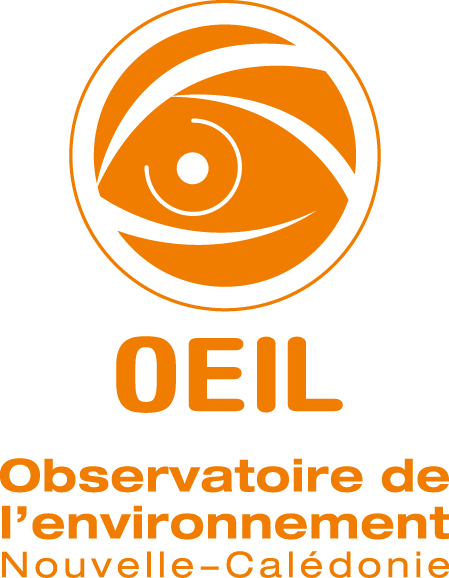- _
- L’OEIL
- Nos activités
- Suivis environnementaux
- Indicateurs
- Pressions et menaces
- Infos générales
- Origines des pressions
- Infos générales
- Incendies
- Mine
- Industrie
- Introduction d'espèces
- Agriculture
- Aménagements, terrassements
- Elevage
- Chasse
- Pêche
- Aquaculture
- Décharges et dépôtoirs
- Prod. thermoélectrique
- Tourisme
- Phénomènes naturels exceptionnels
- Production hydroélectrique
- Rejets d'eaux usées
- Transport maritime
- Transports terrestre et aérien
- Pressions environnementales
- Infos générales
- Acidification de la mer
- Température de la mer
- Courants marins
- Destruction mécanique
- Invasion d'espèces
- Pollution organique
- Pollution lumineuse
- Pollution microbienne
- Pollution métallique
- Pollution par les nutriments
- Pollution sonore
- Prélèvements dans la nature
- Particules de terre
- Apports en eaux douces
- Zoom sur les industriels
- Biodiversité
|
Welcome to Fire Alert in Fiji The Observatory of the Environment in New-Caledonia (OEIL) has made the Gedi cartographic portal available to everyone in Fiji, making it possible to visualize in real time a map of surfaces potentially affected by fires since 2001. It is equipped with an alert system which allows users to receive information on the latest fires detected, via email. |
Access to Gedi |
An automatic detection system
The Observatory has been working since 2015 on improving the detection of fires in New Caledonia and started sharing this expertise with Fiji in 2018.
The service is based on a pre-existing NASA service that provides fire alerts daily for a given area. The Observatory has developed an automated processing chain that integrates data from four satellites: Aqua MODIS, Terra MODIS, Suomi NPP and NOAA-20. The three of their trajectories cumulated fly over Fiji minimum 6 times a day, with a concentration on the 9am to 2pm slot. Mid-afternoon fires are less well monitored.
The table below shows the most frequent transit times of all three satellites. Each of them visits Fiji twice a day.

Genesis
In 2017, the Observatory identified more than 24,000 hectares of burnt areas in New-Caledonia thanks to this innovative remote sensing monitoring system. Given the effectiveness of this detection system and the magnitude of the pressure exerted by bushfires on ecosystems, creating an alert system became obvious. While improving constantly its quality for New-Caledonia, the Observatory was approached in 2018 to share this innovative expertise with the Fijian government. Starting 2020, the people of Fiji can beneficiate both the analysis portal and the fire alert system adapted to Fijian islands.
There are two services linked to the detection system:
· The geoportal Vulcain allows you to extract interesting information for a given region and/or thematic and visualize it on the interactive map online. You can export statistics, data, and maps personalized with your own requests to the database.
· The fire alert system works on a subscription basis. Every subscriber receives a personalized list of recently detected fires by email, at the frequency they wish. What’s more, the tool offers the possibility to set one’s alert according to geographical and thematic criteria such as environmental stake areas.
Partners
The Fire Alert project was born out of the contribution of many stakeholders in Fiji and in New Caledonia.
 |
Coordinator: Observatory of the environment in New-Caledonia (OEIL). The main missions of the OEIL are to monitor the state of the environment and regularly return this information to the public authorities, policy makers and the citizens. |
Financial and technical contributors:
 |







